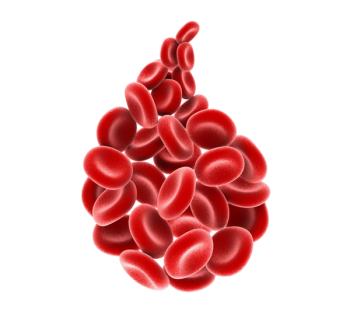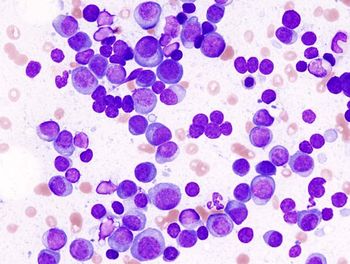
Data Show Growing Trend in Insurance/Racial OS Disparities in Breast Cancer
Policies aimed at improving health coverage and financial assistance may help improve treatment affordability to ensure more equitable survival.
Survival disparities by health insurance and race among patients with newly diagnosed breast cancer have widened in the US, according to findings from an American Cancer Study (ACS)–led study presented at the 2025 American Society of Clinical Oncology Quality Care Symposium in Chicago, Illinois.
Compared with White women aged 18 to 64 years with private insurance and breast cancer diagnosed from 2019 to 2023, the HR for survival among those with Medicaid was 3.09 (95% CI, 2.91-3.27), and for those who were uninsured, it was 4.79 (95% CI, 4.32-5.32). These values increased from 2014 to 2018, in which the values for HR for survival in the respective groups were 2.68 (95% CI, 2.57-2.79) and 3.09 (95% CI, 2.84-3.35).
Additionally, compared with White women with private insurance diagnosed from 2019 to 2023, the HR for survival among non-Hispanic Black women with private insurance was 1.93 (95% CI, 1.83-2.05). This disparity has increased from 2014 to 2018, in which the HR was 1.79 (95% CI, 1.72-1.86), after decreasing from 2004 to 2008, in which the HR was 2.01 (95% CI, 1.94-2.09).
The difference is compounded even further when accounting for disparities for race and insurance, with non-Hispanic Black women with Medicaid and those who are uninsured having shown HRs of 4.49 (95% CI, 4.20-4.81) and 6.90 (95% CI, 6.03-7.89), respectively, compared with non-Hispanic White women with private insurance from 2019 to 2023. These also increased from HRs of 3.63 (95% CI, 3.45-3.83) among non-Hispanic Black patients with Medicaid and 6.43 (95% CI, 5.89-7.02) among uninsured non-Hispanic Black patients from 2014 to 2018.
“Survival disparities by health insurance and race among women newly diagnosed with breast cancer widened over time, especially in recent years,” Jingxuan Zhao, PhD, of the Surveillance & Health Equity Science Department at the ACS, wrote in the publication with study coinvestigators. “Policies aimed at improving health insurance coverage and financial assistance may improve equitable survival.”
The study identified women aged 18 to 64 years with breast cancer diagnosed from 2004 to 2023 from the National Cancer Database and examined them by health insurance at time of cancer diagnosis as well as by racial group. These groups were also assessed by year of diagnosis: from 2004 to 2008, 2009 to 2013, 2014 to 2018, and 2019 to 2023.
Notably, a greater proportion of Black patients younger than 50 years were diagnosed with breast cancer vs White patients; diagnoses in women younger than 50 years occurred at rates of 36.3%, 41.9%, and 37.7% in the private, Medicaid, and uninsured groups among White women and 42.1%, 47.6%, and 42.9% for the respective groups among Black women. Additionally, a greater proportion of Black women had 2 or more comorbidities, with 1.5%, 4.5%, and 2.4% of White women with private insurance, Medicaid, or no insurance having 2 or more comorbidities vs 2.9%, 5.9%, and 3.4% of the respective groups among Black women having 2 or more comorbidities.
The primary study outcome was 5-year overall survival, defined as the date of diagnosis to date of death.
The researchers conducted the study to examine higher mortality rates among Black women with breast cancer vs White women with breast cancer, despite lower breast cancer incidences. Although the researchers noted that advances in screening and treatment have increased early-stage cancer diagnoses and improved survival rates, they asserted that these costlier treatments may be inaccessible for low-income or uninsured patients. By assessing trends in breast cancer survival by health coverage and race, they aimed to elucidate potentially widening disparities already present for these patients.
Reference
Zhao J, Han X, Nogueira L, Zheng Z, Yabroff R. Trends in survival disparity following breast cancer diagnosis by health insurance coverage and race in the US. JCO Oncol Pract. 2025;21(suppl 10):218. doi:10.1200/OP.2025.21.10_suppl.218
Newsletter
Stay up to date on recent advances in the multidisciplinary approach to cancer.

















































































